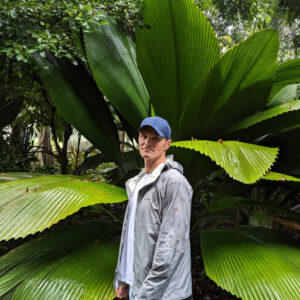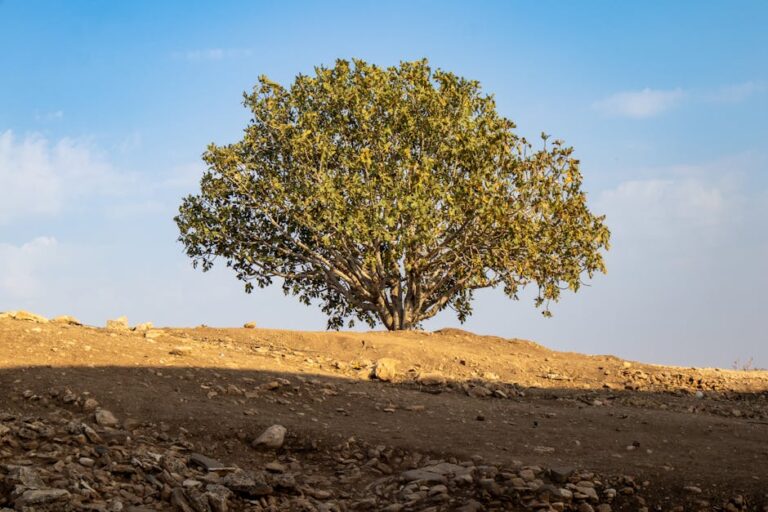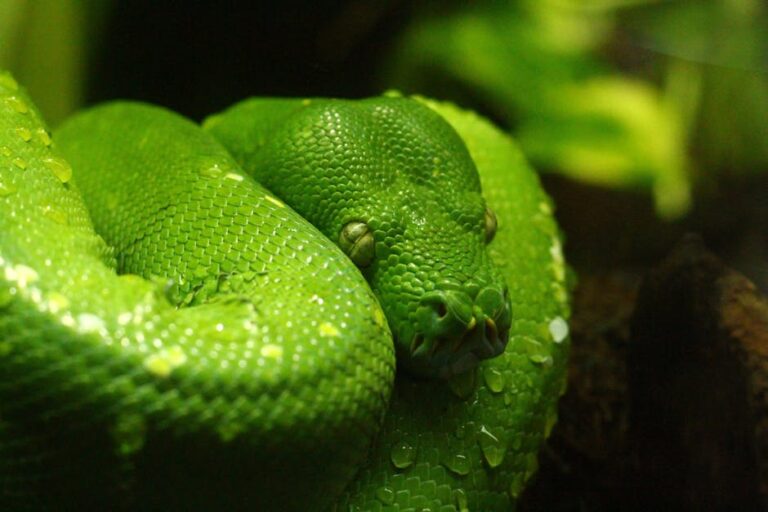From teenage rainforest visitor to global conservation champion: how one man built environmental journalism’s most influential platform

A teenage trip to a Borneo rainforest changed everything for Rhett Ayers Butler. What began as wonder at the vibrant ecosystem teeming with orangutans and hornbills turned to devastation when he later discovered that same forest had been completely destroyed. That pivotal moment in the late 1990s sparked a mission that would reshape environmental journalism worldwide.
“We only get so much time on this planet, and I want to make the most of it,” says Butler, who channeled his urgency into founding Mongabay in 1999. Rather than becoming another advocacy organization, Butler envisioned something different: a platform that would connect people to distant environmental crises through rigorous, credible reporting. “I wanted to help people see the connection between their own lives and what was happening in faraway forests,” he explains. His revolutionary idea was that quality journalism itself could serve as a conservation tool by making environmental knowledge accessible and free to everyone.
Twenty-six years later, Butler’s impact-driven approach has earned global recognition. In 2025, he received two prestigious honors: a spot on Forbes’ Sustainability Leaders list alongside renowned figures like David Attenborough and Brazilian Environment Minister Marina Silva, and the Missouri Botanical Garden’s Henry Shaw Medal—one of the oldest awards recognizing contributions to botanical research and conservation. Today, Mongabay stands as proof that leading with environmental impact rather than profit can build something truly transformative in the digital journalism landscape.
This article was written by the EnviroLink Editors as a summary of an article from: Mongabay







